ADHD, we have all heard those 4 letters. Whether it’s yourself, your child, your student or a friend, we all know someone who is impacted by ADHD. Attention Deficit Hyperactivity Disorder affects individuals of all ages from preschoolers to college students to grandparents. Whether the person suffers from inattentive type, hyperactive type or both combined, interventions are needed to help them succeed in school and in life.
In my job, I work with children with ADHD every day. I provide suggestions to parents, teachers and students on how to increase academic success. I never allow anyone to use ADHD as a crutch or an excuse. I believe that with the right combination of help, children can learn excellent coping skills and methods of compensation that can allow them to meet their true potential.
A very big part of that process involves parents! What happens at home is just as important as what takes place in the classroom. Without certain accommodations and modifications, children with ADHD symptoms will struggle at home with homework, following directions and even becoming independent adults. In this article, I provide 10 tips for parents to help their children at home to increase academic success. Since each child is unique with unique needs, not every tip will work for your child. The most important thing is to understand your child’s needs and abilities and choose interventions that meet their needs. (I included affiliate links to make shopping and planning easier.)
10 Ways to Help Your Child with ADHD at Home
Provide Structure and Routine
Providing a routine helps kids with focusing issues know what they are supposed to do. Children with ADHD often have difficulty with unstructured time as they may become overstimulated and are unsure of the expectations. At home, create an after school routine. Here is an example:
- Put away coat and hat
- Eat a snack for 10-15 minutes (use timer)
- Take out homework
- Review homework with parent
- Pack up completed homework
- Attend soccer practice
- Eat dinner
- Take a bath
- Read books
- Go to bed
Provide a Clean and Uncluttered Work Space
For a child with attentional difficulties, the less visual and tactile stimulation the better. An environment that is messy or has too many distractions can lead to limited work production. For example, the table should be clear of all clutter and only contain the necessary things needed for the task at hand. Extraneous objects just leave room for unwanted play. Lipper International and Delta Children offer some good desk and table options for kids.
Use a Visual Chart
Once you have created a routine, a visual representation should be provided. Creating a chart and/or checklist helps kids stay on track. Each time they check something off also helps create a sense of accomplishment. You can create your own chart or use one of these:
- Kenson Kids “I Can Do It” Rewards and Responsibility Chart
- Melissa & Doug Magnetic Responsibility Chart
- Behavior Charts and Beyond
Allow for Breaks
Kids with attentional issues need breaks between tasks. This allows them to reboot and refocus. The amount of time needed to complete a task and the break length varies for each child. In addition, allowing for physical movement during breaks such as jumping jacks, stretching or even dancing can help improve focus.
Review Homework (EVERY Night)
It’s important to go over homework each night. Parents should make sure the child understands the directions before they begin the assignment. The finished product should also be reviewed to ensure they understood what to do throughout the entire assignment. Often times, kids with ADHD understand the directions but get distracted halfway through the assignment and forget what they are expected to do. Also, make sure you are available for questions in between.
If your child is struggling with homework, I recommend starting with the subject he is strongest with or enjoys the most. Then move into the more difficult area. I would then end the homework session with a subject he enjoys. For example, for a child who likes reading and science but struggles with math, I would do the science work first, then math and end with reading.
Use a Timer
Using a timer helps create an expectation for the child. They know exactly how much time they have with a visual representation provided. Some children even like the challenge of having to finish something in a set amount of time. If you need a timer, I recommend the Learning Resources Tracker and Tracker Mini. If seeing the timer causes some anxiety for the child, use your watch and just give your child reminders to keep working such as “You have 10 more minutes to finish.”
Develop a Reward System
Let’s face it, kids like rewards. Although we want them all to be intrinsically motivated, many rely on some form of a reward to alter behavior. Think back to when you provided your 2-year-old with a sticker or M&M every time they used the potty. It’s the same concept. The reward system should have a visual component such as a chart placed on the fridge. Create a list of what the child should accomplish based on the behavior you want improved. Place a sticker, check mark or smiley face next to the task each time it is completed. An older child can check off the chart themselves. Once they complete the agreed upon amount of tasks, a reward can be provided. Some tasks can include:
- Started homework when asked
- Completed homework
- Cleaned up work space
- Packed backpack for school
- Sat appropriately at dinner with only one prompt needed
- Put pajamas on when asked
With regard to rewards, do not feel you need to spend ridiculous amounts of money. Rewards can be 20 minutes playing a video game, a trip to the local playground, movie night at home or even just extra time spent with Dad. You can bring math concepts in by awarding money for good behavior. The child then must learn how to count the money, save it and decide what to spend it on. It’s a wonderful life lesson that can be taught at any age.
Use Music
There are so many amazing benefits to using music. For some kids it is calming, for others it meets a sensory need and for others, surprisingly, it helps them focus. For many kids with ADHD, having music playing in the background helps them focus on the task at-hand. I have seen this be very successful in the classroom. When teachers allow certain students to use ear buds in the classroom, they are better able to tune out everyone else in class and complete the assignment provided. (Note: This does not work for every child so please supervise your child when using this intervention and monitor its effectiveness.)
Provide Ongoing Praise and Encouragement
It is important to provide immediate feedback to your child especially a child that exhibits ADHD symptoms. To help modify behavior, parents should praise good behavior when appropriate so the child is able to take notice that they are behaving in a positive and acceptable way. That may sound strange, but some kids need to be told when they are behaving in the way you are expecting. They will also learn that this good behavior will result in positive reactions from you. Encouraging words such as “I know you can do it,” and “Keep up the great work,” can also help reinforce good behavior and increase school work output.
Maintain Ongoing Communication with Your Child’s Teacher
You are probably wondering how that can help at home, but in fact it is one of the most important tips I can provide. Having daily communication with your child’s teacher will help you understand what works and what does not in motivating your child. It also allows you to understand what kind of day they had at school. If they struggled at school on a math test and it made them sad, you may not want to start with math homework that night. In addition, if your child had a wonderful day at school, you will want to acknowledge that at home as well. I suggest having a daily log through a notebook or agenda book. If that is not possible, email communication works well too!
I hope you have found this list helpful. If you have any more ideas, please leave your tips in the comment section below! Happy Learning!
You may also enjoy:
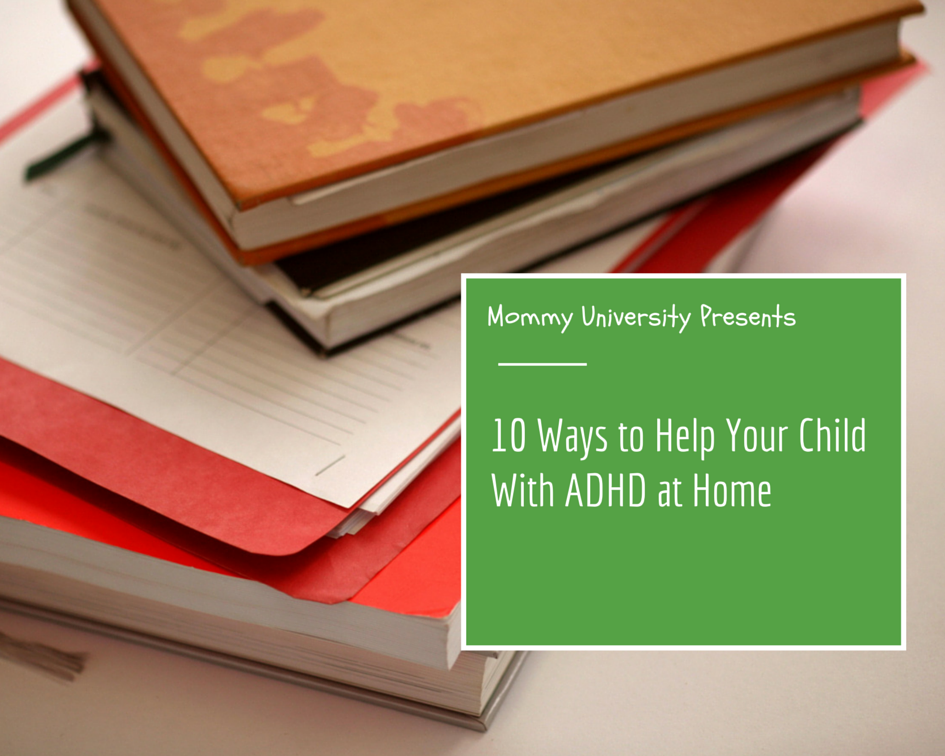
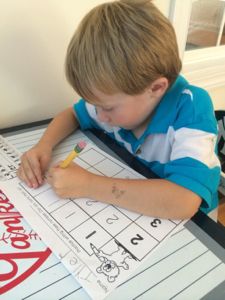
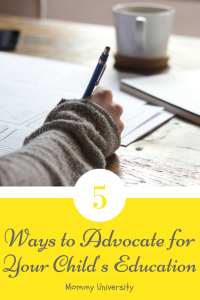
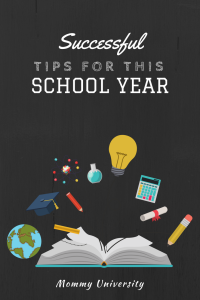
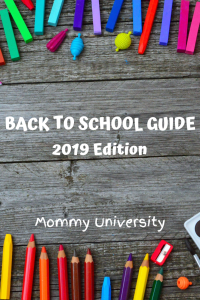
Such great tips! Not only for kids with ADHD but for any kid!
Thank you so much! I agree, these tips can really help all kids!
These are such great tips for all kids. I love the earbud tip to tune out the background noise.
Thank you so much Dawn!
Great ideas, some of which would be helpful for adults with ADHD as well:)
Thank you so much Pam! You’re right, adults with ADHD could use some of these tips as well!